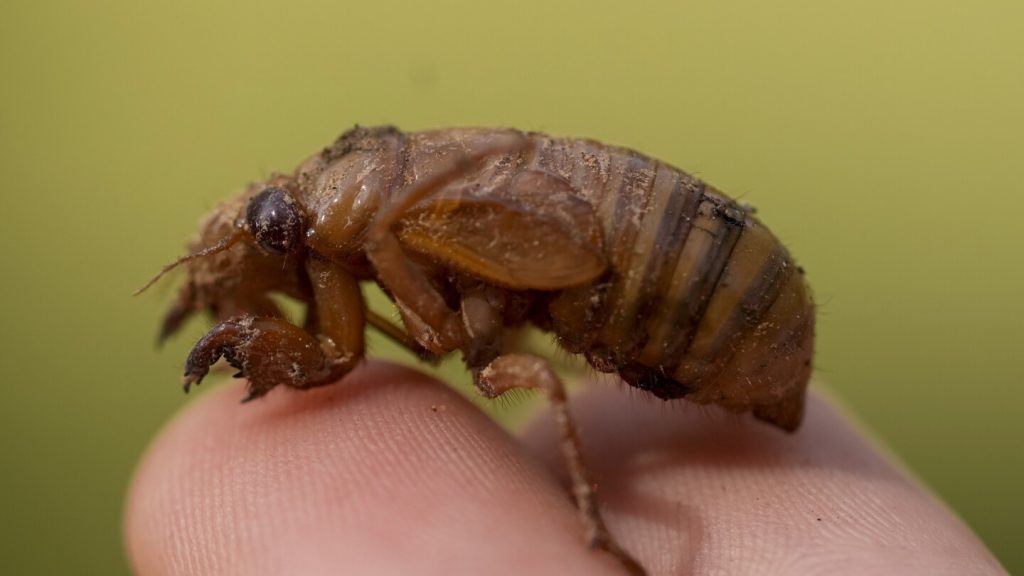Trillions of periodical cicadas are set to emerge this spring in numbers not seen in decades or even centuries. These red-eyed insects have an unusual lifestyle, staying underground for either 13 or 17 years before emerging en masse. This year, two broods of cicadas are set to emerge in separate parts of the United States, creating a phenomenon known as “cicada-geddon.” These unique insects differ from their green-tinged annual cicada cousins, covering landscapes with their shed exoskeletons and creating a deafening noise similar to jet engines.
The upcoming emergence of cicadas is likened to an alien species appearing from underground after prime number years to make their presence known. While these insects are often mistaken for locusts, they do not cause widespread economic damage. They may harm young trees and some fruit crops, but this is not a major concern. The largest brood of cicadas, known as Brood XIX, is set to march through the Southeast, marking the start of the cicada occupation. Climate change has caused the ground to warm earlier than before, leading to an earlier emergence of the insects.
In addition to Brood XIX, another brood, XIII, will emerge in Illinois every 17 years after the Southeastern invasion. These periodic cicadas are unique to the eastern United States and come out on 13- and 17-year cycles. While these two broods may overlap in some areas, they do not interbreed. Entomologists estimate that hundreds of trillions of cicadas will emerge across 16 states, creating a truly mind-boggling spectacle. The convergence of Broods XIX and XIII in 2076 is expected to be an even bigger event, known as the “cicada-palooza.”
The unique emergence of the periodical cicadas is attributed to the evolutionary strategy of staying underground for long periods to avoid predators. Birds feast on the slow-moving cicadas, but their sheer numbers prevent them from being eaten to extinction. The cycles of 13 and 17 years are considered an evolutionary trick to prevent predators from relying on a predictable emergence. While the cicadas’ mating and nesting behavior may cause problems for young trees and nurseries, their existence plays a vital role in the ecosystem.
The courtship and mating behavior of cicadas are a spectacle to observe, with males singing to attract mates in a cacophony of sound. The females lay eggs in tree branches, initiating a new generation of cicadas. These peculiar insects feed on the xylem of trees, using a specialized muscle to create a jet of urine to expel excess fluid. Despite their unusual habits, cicadas are an essential part of the environment, providing food for birds and other creatures. As the cicadas prepare to emerge in the coming weeks, communities across the Southeast and Midwest are gearing up for the arrival of these fascinating insects.


